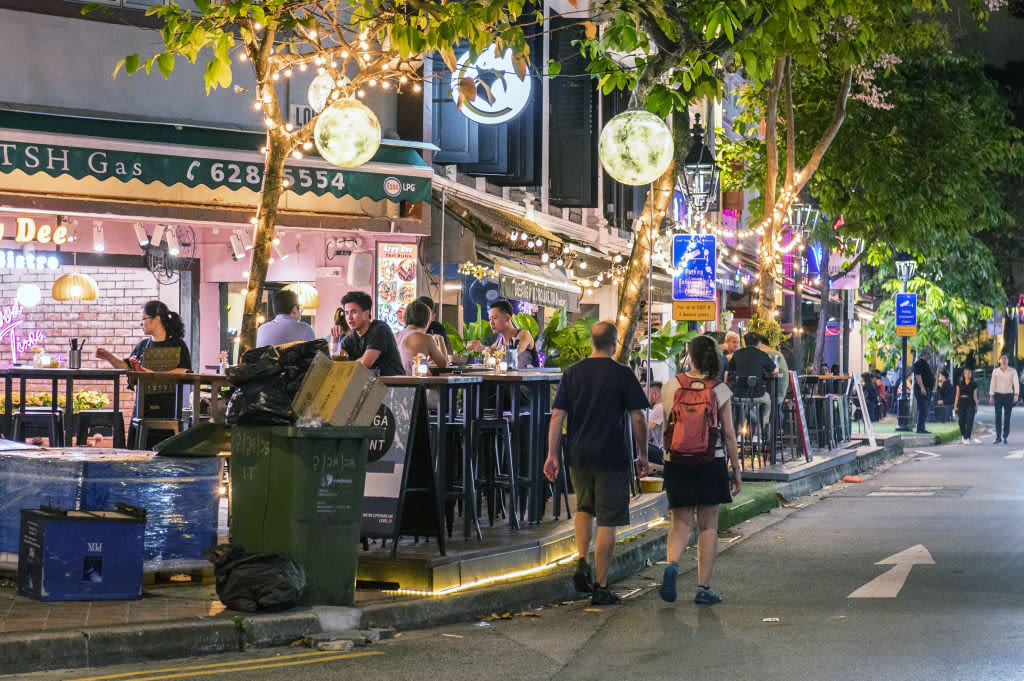Singapore’s inflation rate rose for a second straight month, year on year, with price growth in October scaling a near 1-year high and topping analysts’ expectations.
After reaching a 4-year low in August, consumer prices rose 1.2% — highest since August 2024 — compared with the average 0.9% estimated by economists polled by Reuters and the 0.7% rise in September.
Core inflation in the city-state — which strips out prices of accommodation and private transport — also rose to 1.2%, up from 0.4% and compared with the 0.7% expected in the Reuters poll.
On a month-on-month basis, the consumer price index was flat, with core inflation coming at 0.5% compared to the prior month.
Headline inflation was fueled by a 3.4% increase in transport prices alongside higher core inflation. Health costs also rose by a sharp 4%.
The increase in core inflation was due to higher inflation in areas such as services, food, and retail, as well as a milder decline in electricity and gas prices, the Ministry of Trade and Industry said.
Zavier Wong, market analyst at investment and trading firm eToro, said that while the figure was “not alarming,” it was “enough to raise an eyebrow.”
However, Wong pointed out that the headline inflation figure was driven by select categories such as health and private transport, and there was non broad-based acceleration.
He said that domestic demand continues to signal caution. “People are still spending, just not with the kind of confidence that pushes prices higher. Until that changes, it’s hard to see broad inflation picking up on its own.”
The inflation data comes as Singapore on Friday upgraded its economic growth forecast to 4% from 1.5%-2.5%, as it posted robust third-quarter GDP numbers.
The economy grew 4.2% in the third quarter from a year earlier, beating estimates and extending the second quarter’s 4.7% expansion. Singapore’s Ministry of Trade and Industry said that global economic conditions had turned out more resilient than expected, but warned that growth would likely cool in 2026 as U.S. tariffs weigh on global demand.
Singapore’s exports to the U.S. are subject to a 10% baseline tariff, despite the country having a trade deficit with the U.S. and also a free trade agreement going back to 2004.
The country’s economy is hugely dependent on trade, with World Bank data showing that Singapore has a trade-to-GDP ratio of over 320% in 2024.
In the third quarter, Singapore recorded a 3.3% fall in non-oil domestic exports, or NODX, year on year, dragged by weaker pharmaceutical and petrochemical exports.
In October though, NODX surged 22.2% compared to a year earlier, driven by exports of non-monetary gold and electronic products.
The Monetary Authority of Singapore has forecast inflation around 0.5% to 1% for 2025.
The MAS held monetary policy unchanged in its October meeting, saying that Singapore’s economic growth had been stronger than expected.
Chua Hak Bin, regional co-head for macro research at Maybank, told CNBC that both core and headline inflation will likely come in at above 1% in 2026, compared with under 1% in 2025.
He said that this is due to an upcoming increase in public transport fares, a higher carbon tax and a new sustainable fuel levy on flight tickets.
The rise in consumer prices will be driven by stronger economic growth, falling interest rates and rising credit growth, Chua added.
—CNBC’s Anniek Bao contributed to this report.
International: Top News And Analysis
Read the full article <a href="Read More” target=”_blank”>here.


